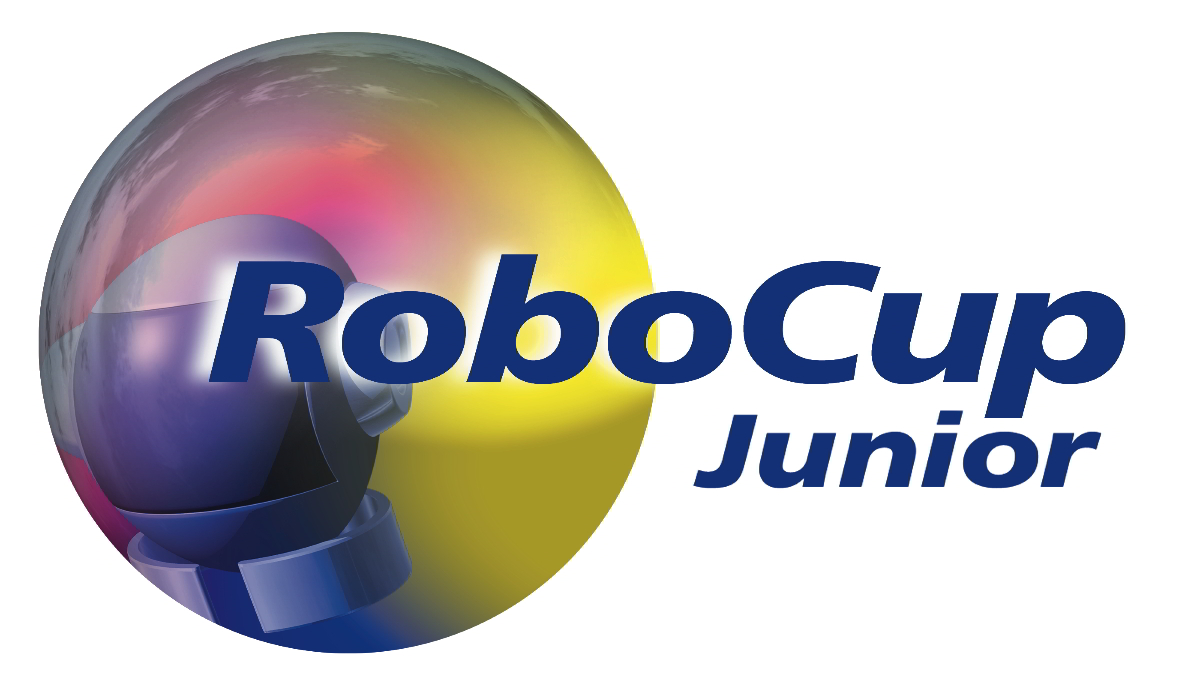RoboCupJunior 2026 General Rules
These rules apply to the international RoboCupJunior competition. However, regional, super-regional, and local tournaments may have variations or adaptations to these rules to suit their specific competition needs. It is important to check with the organizers of the tournaments you are participating in to confirm which exact rules will be in use.
These are the final draft rules for 2026 and will be changed to FINAL once all league rule sets are complete.
If teams are unsure about any aspects of the General Rules or specific League Rules, they are encouraged to inquire via the official RoboCupJunior Forum for clarification: https://junior.forum.robocup.org/
